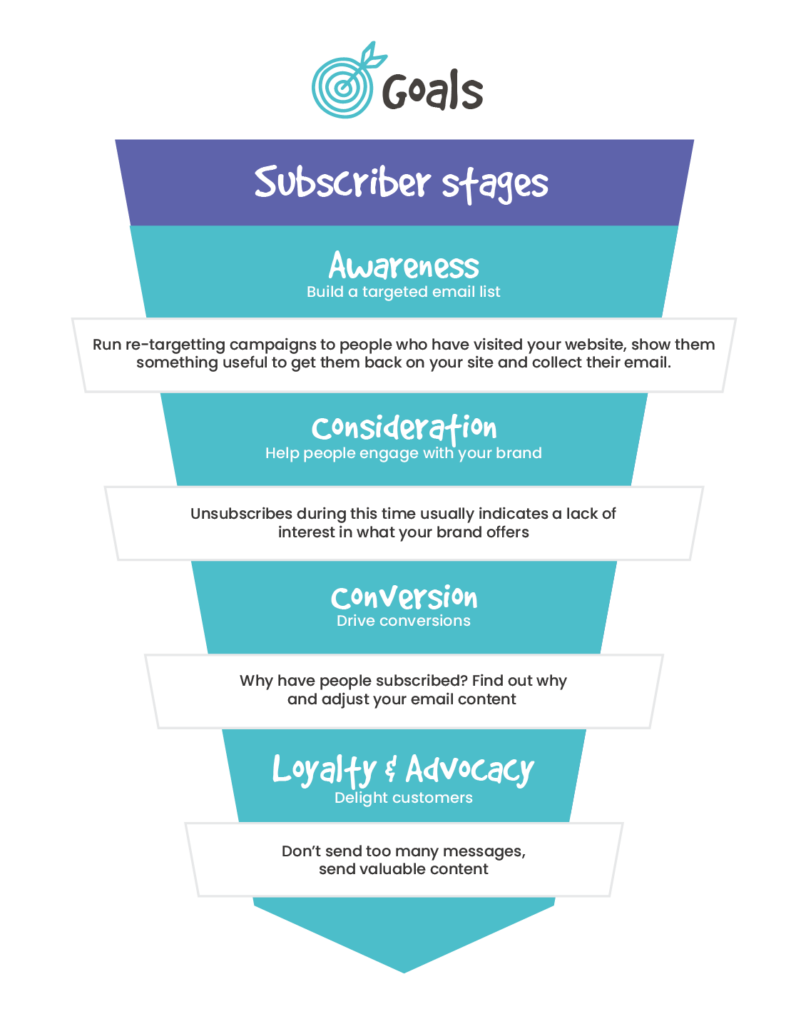- 07.11.22
- |
- Email Marketing
A free automated email marketing sales funnel
-
Article by
Amie Whale

Email Marketing Sales Funnel Download
Follow our free email marketing funnel template.
Ensure you send the right message to the right people and maximise leads.
We would love to work with you. view services


